Plenary Speakers and Topics

Sunday Opening Ceremony

Conference Opening Talk on Behalf of ISIAQ
The outgoing ISIAQ president, Dr. Ying Xu, will welcome everyone attending the conference, introduce ISIAQ and the Indoor Air conference, and declare the official opening of the conference. Following her introduction, the academy awards will be given out.
About Dr. Ying Xu
Dr. Ying Xu is a Distinguished Associate Professor in the Department of Building Science at Tsinghua University, China. Prior to her position at Tsinghua University, she was a tenured Associate Professor at the University of Texas at Austin. Dr. Xu has been serving as the President of the International Society of Indoor Air Quality and Climate (ISIAQ) since 2022. Her research focuses on understanding the relationships among sources, indoor environments, and human health for indoor pollutants, especially semi-volatile organic compounds (SVOCs). Dr. Xu and her research team have published over 100 papers in top journals of environmental engineering and in conference proceedings. Some of the papers were selected as the Editors’ Choice Article by the American Chemical Society (ACS) and by Environmental Health Perspectives journal. Dr. Xu’s research was also highlighted by the media, including the Daily Mail, Fox News, and the U.S. NSF homepage. Dr. Xu is the recipient of numerous awards and honors, including the Yaglou Award from ISIAQ, U.S. NSF CAREER Award, New Investigator Award from ASHRAE, Wan Ren Award for Leading Talents in Scientific Innovation in China, and Best Paper Awards at international conferences such as Indoor Air, Healthy buildings, and ISES and A&WMA annual conferences.
Monday Plenaries – The Indoor Air Revolution
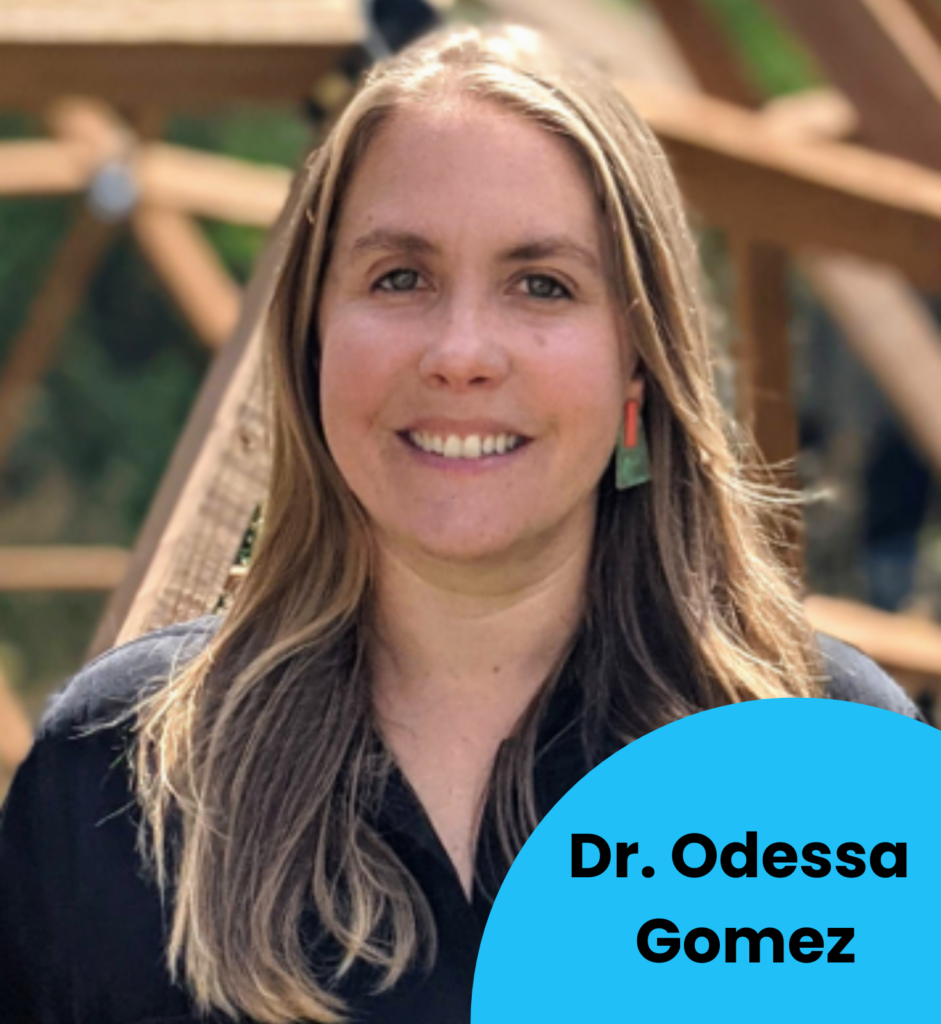
Impacting Tomorrow’s Indoor Environments Today: Equitable Approaches to Future-Proofing Healthy IAQ in Community Buildings
Community buildings, including schools, have been a center of focus for many of the indoor air quality challenges posed by public health events like disease outbreaks and severe wildfire smoke. Examples from IAQ programs at the Colorado Department of Public Health and Environment (CDPHE) underscore the importance of productive government-academic-community partnerships, advancing health equity, and strategically leveraging prior IAQ initiatives to ensure sustainable programming and equitable access to healthy air in our communities. These programs have focused on understanding and improving IAQ in schools, community spaces, and workplaces across Colorado, and emphasizing access to healthy indoor air for those most impacted. In 2023, Colorado schools received more than 45,000 free HEPA portable air cleaners and installed 2,400 IAQ monitors as a mitigation measure to reduce infectious aerosols and indoor air pollutants. CDPHE’s IAQ/Ventilation Assessment Program collected critical building and IAQ data across the state to provide actionable guidance for healthy indoor workplace environments. Finally, a three-year initiative aims to increase wildfire smoke preparedness in community buildings and schools through education and training with community partners. By emphasizing the importance of partnerships, strategic planning, and health equity, this talk provides insights on successful initiatives and addresses some challenges faced by IAQ programs as we navigate this conversation on sustaining the indoor air revolution.
About Dr. Odessa Gomez
Dr. Odessa Gomez currently serves as the Program Manager for the Indoor Air Quality/Ventilation Assessment Program in the Division of Disease Control and Public Health Response at the Colorado Department of Public Health and Environment (CDPHE). After completing her MS in Chemical Engineering and PhD in Civil Engineering from the University of Colorado Boulder, she was awarded an Alfred P. Sloan Foundation Postdoctoral Research Fellowship in Microbiology of the Built Environment. Over the past 14 years, she has contributed to diverse indoor air quality and aerosol characterization projects across academic, industry, and government sectors. She has leveraged her experience in teaching, research and professional practice to advance IAQ initiatives at the state level. Her current interests focus on translating building science research to accessible and actionable guidance for program administrators, building managers, and the public.
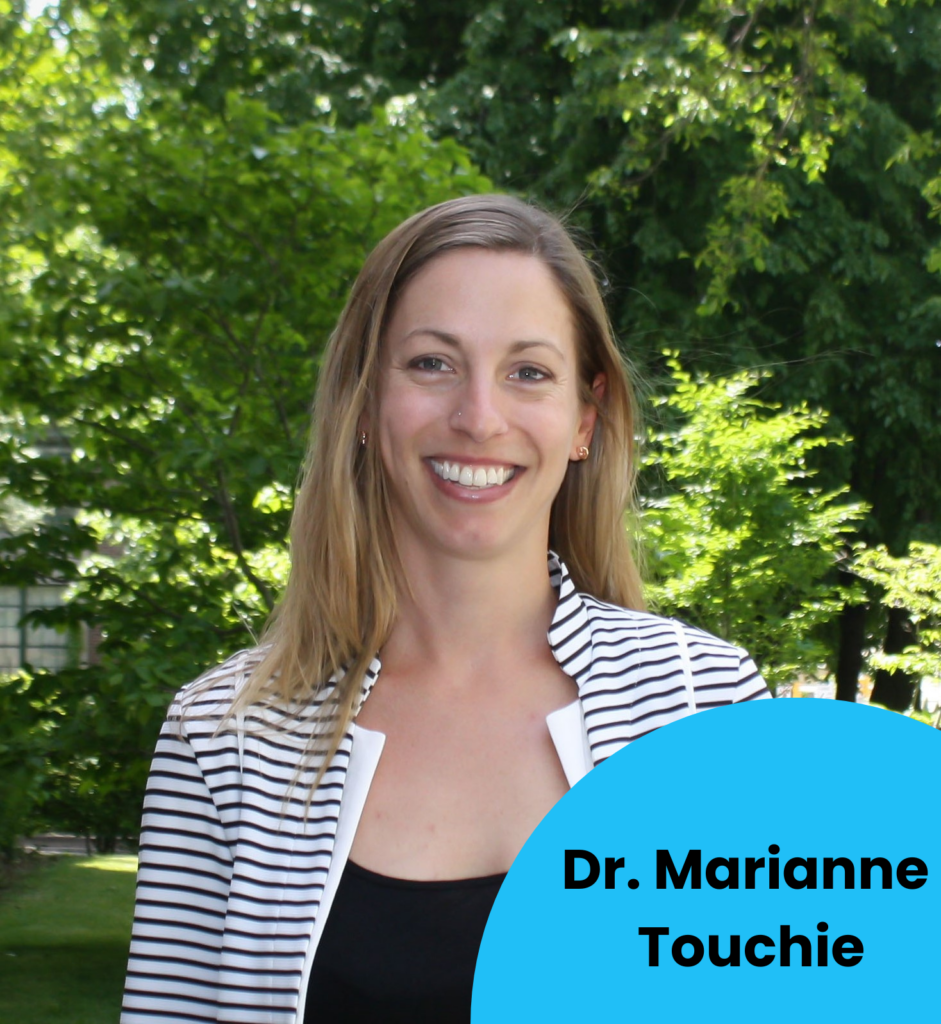
From Energy to Equity: Resident-centric retrofits for social housing
Housing around the world will need to be retrofit to achieve our decarbonization goals. Social (or public) housing is a particularly critical sector given that it often serves priority populations who have limited choice in how they are housed. At the same time, social housing in many jurisdictions suffers disproportionately from poor performance that impacts the resident experience including IAQ, thermal comfort and control issues, often due to underinvestment at the time of construction and through the building service life. Further, these performance issues will be exacerbated as our changing climate brings more extreme weather events, including heat waves and wildfires. This talk will explore some of the present and future pressures facing social housing and how we can use retrofit investments to go beyond decarbonization to improve equitable access to safe and healthy housing. Using examples from post-occupancy evaluations, we’ll examine challenges with some current energy retrofit practices and then find inspiration in projects that take a resident-centric approach by considering resilience to future extreme events and resident wellbeing, including health and comfort.
About Dr. Marianne Touchie
Marianne Touchie, PhD, PEng, is an Associate Professor jointly appointed in the Departments of Civil & Mineral Engineering and Mechanical & Industrial Engineering at the University of Toronto and Director of the Building Energy and Indoor Environment Lab. Dr. Touchie is one of Canada’s leading authorities on multi-unit residential building performance, particularly in the social housing sector. Her interdisciplinary research program explores the interactions between occupant behaviour, the building enclosure and mechanical systems and how these three factors can be engineered to improve energy performance, indoor environmental quality and occupant wellbeing, including comfort and health. She holds a Canada Research Chair (Tier 2) in Sustainable Urban Housing and has won numerous early career research awards including the New Investigator Award from the American Society of Heating, Refrigerating and Air Conditioning Engineers (ASHRAE).
Monday Morning Announcement
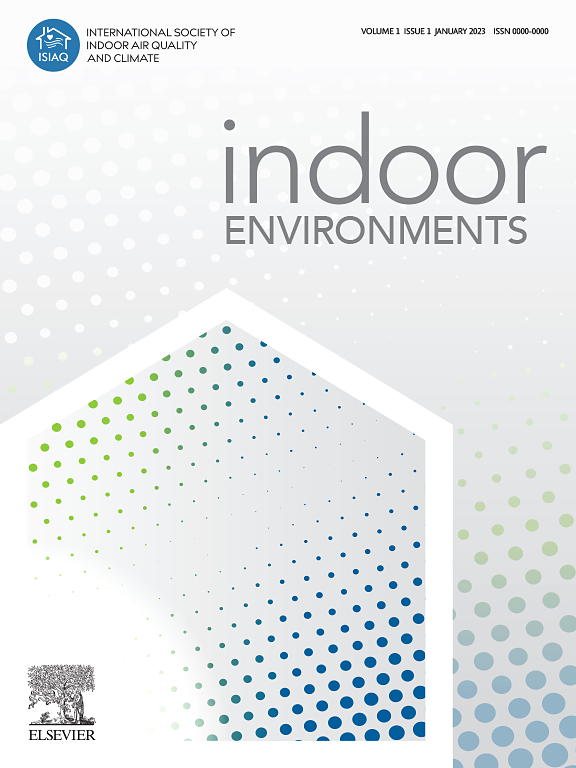
Introducing Indoor Environments – the new ISIAQ-owned journal
ISIAQ launched the first society-owned journal with Elsevier – Indoor Environments in early 2024. This followed the unfortunate transfer of our early journal Indoor Air to Hindawi by Wiley in June 2022. I wrote then “this is not farewell, but a new beginning.” Indoor environments will continue to be a community-based, international, and multi-disciplinary journal and be dedicated to indoor environment sciences, with a broader scope, e.g. climate, sustainability, environmental impacts, and heat-resilient indoor environment. Being a new journal, Indoor Environments will be open to suggested new scope from the community – just write to the editors. I hope to share the passion, vision, and plan of the editorial board for the new journal and hear suggestions from the community.
About Dr. Yuguo Li
Yuguo Li is a Chair Professor of Building Environment at The University of Hong Kong. Li was a Principal Research Scientist at CSIRO Australia prior to 2000. He has been studying city climate, infection transmission and recently sustainability engineering. His team focuses on required ventilation for SARS-CoV-2, while exploring design forms and technologies for cities for decarbonization. Their work prior to and during the pandemic contributes to redefine the transmission mechanisms of respiratory infection. He serves as a member of WHO IPC GDG for COVID-19, and the founding Editor-in-Chief of Indoor Environments. He is a fellow of Hong Kong Academy of Engineering Sciences. He received the Pettenkofer Award, Guanghua Engineering Science and Technology Prize, Medal of Honour of HKSAR, and an honorary doctor degree of Aalborg University.
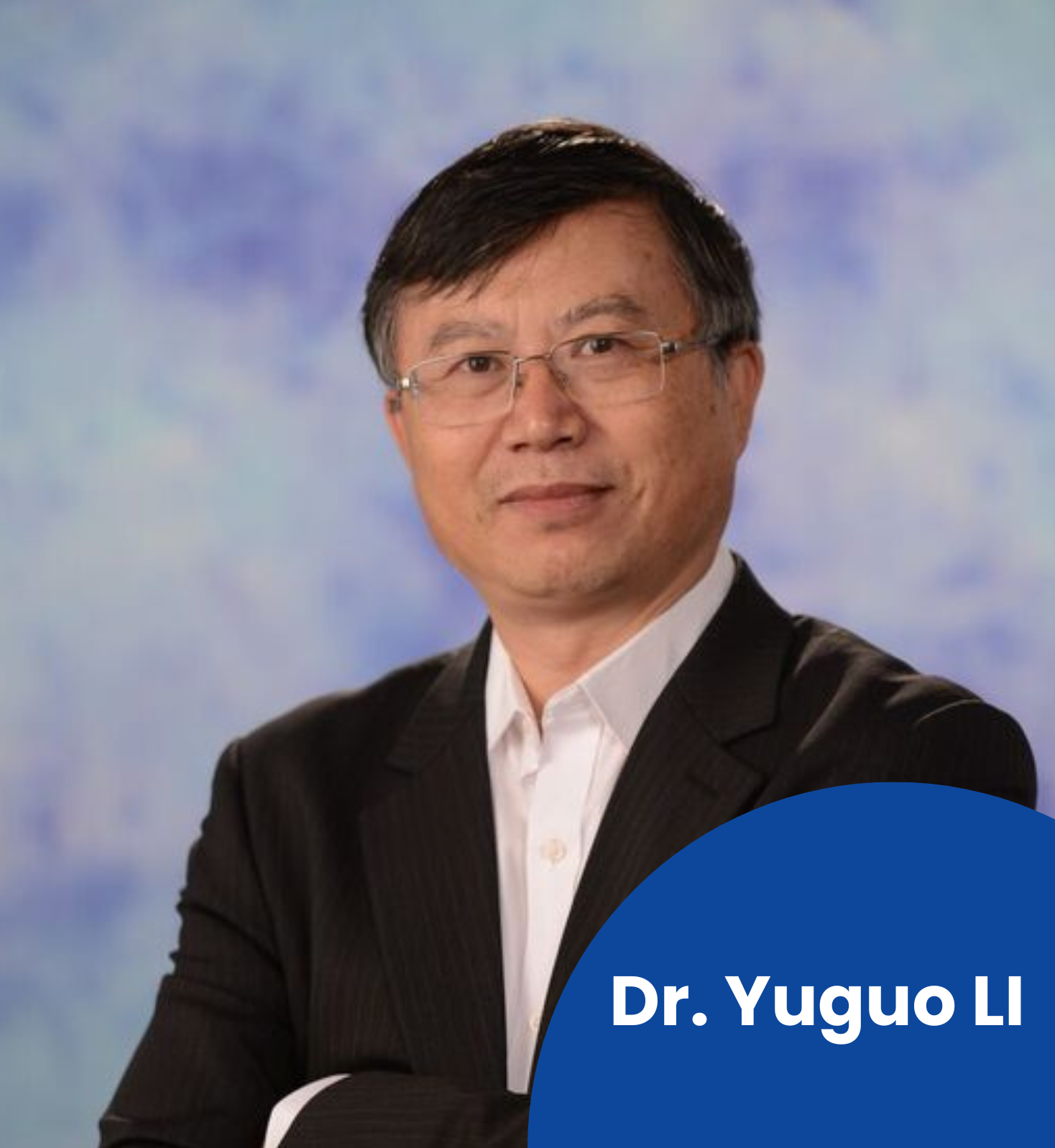
https://www.isiaq.org/indoor_environments_journal.php
Tuesday Plenaries – Indoor Environmental Quality: Impact on Health
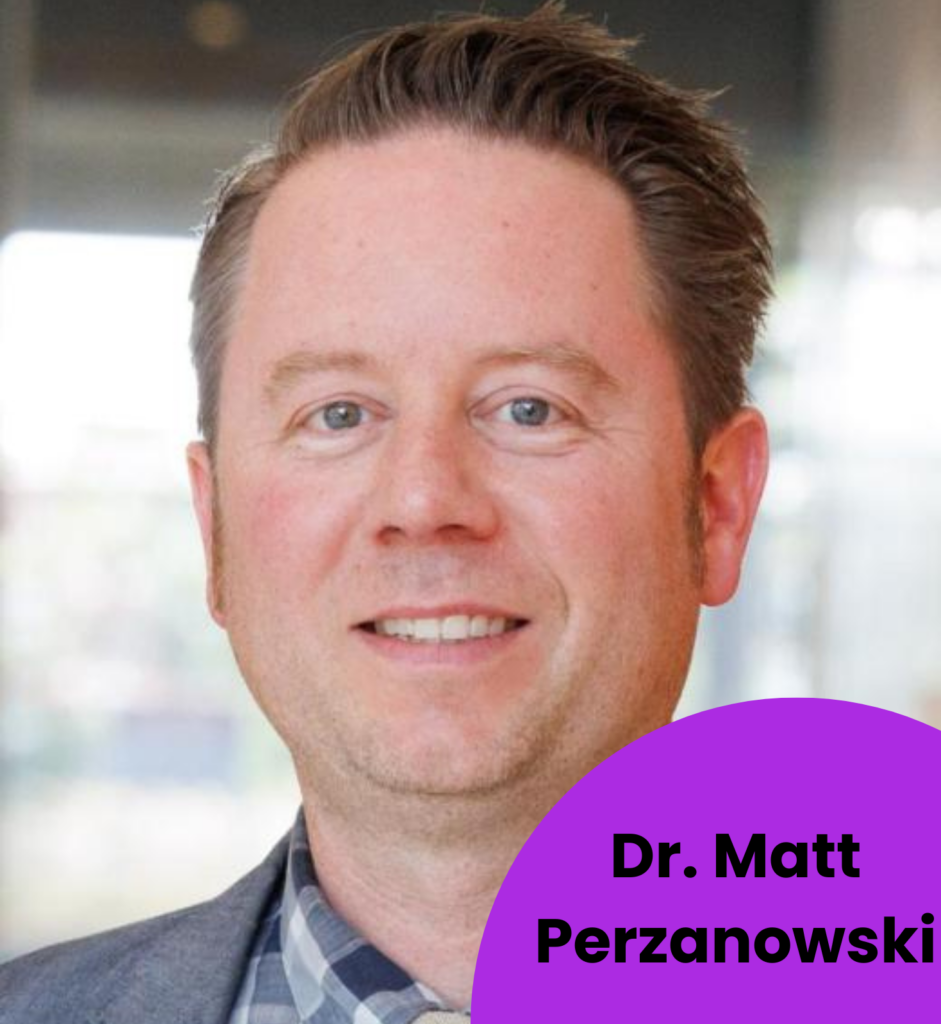
Indoor Environmental Exposures in NYC and Disparities in Neighborhood Asthma Prevalence
Within New York City, the prevalence of asthma and rates of hospitalizations for asthma vary dramatically among neighborhoods leading to great difference in asthma risk among children living just city blocks apart. Multiple indoor environmental exposures are thought to drive these differences, including those with sources from cockroaches and mice, fungi, combustion byproducts, pesticides and other manmade chemicals. Using NYC as a framework, the relevance of these exposures to the development of asthma and allergy and the exacerbation of asthma symptoms will be discussed. The possibility for individual, building level and city-wide interventions will also be examined.
About Dr. Matt Perzanowski
Matthew Perzanowski, MPH, PhD, is an Associate Professor of Environmental Health Sciences at Columbia University’s Mailman School of Public Health. He leads a research group that conducts molecular epidemiology and intervention studies focused on understanding and reducing exposures that lead to allergic sensitization, asthma and airway inflammation. His current research is exploring paradigms of exposures related to asthma disparities in an area of the world with a high prevalence of asthma, lower-income neighborhoods in New York City. His group developed and is overseeing the NYC Neighborhood Asthma and Allergy Study that is examining neighborhood differences in asthma prevalence and persistence to better understand the great disparity in asthma risk seen between children living just city blocks apart. He has also been actively involved in community engagement around environmental health disparities that lead to asthma.
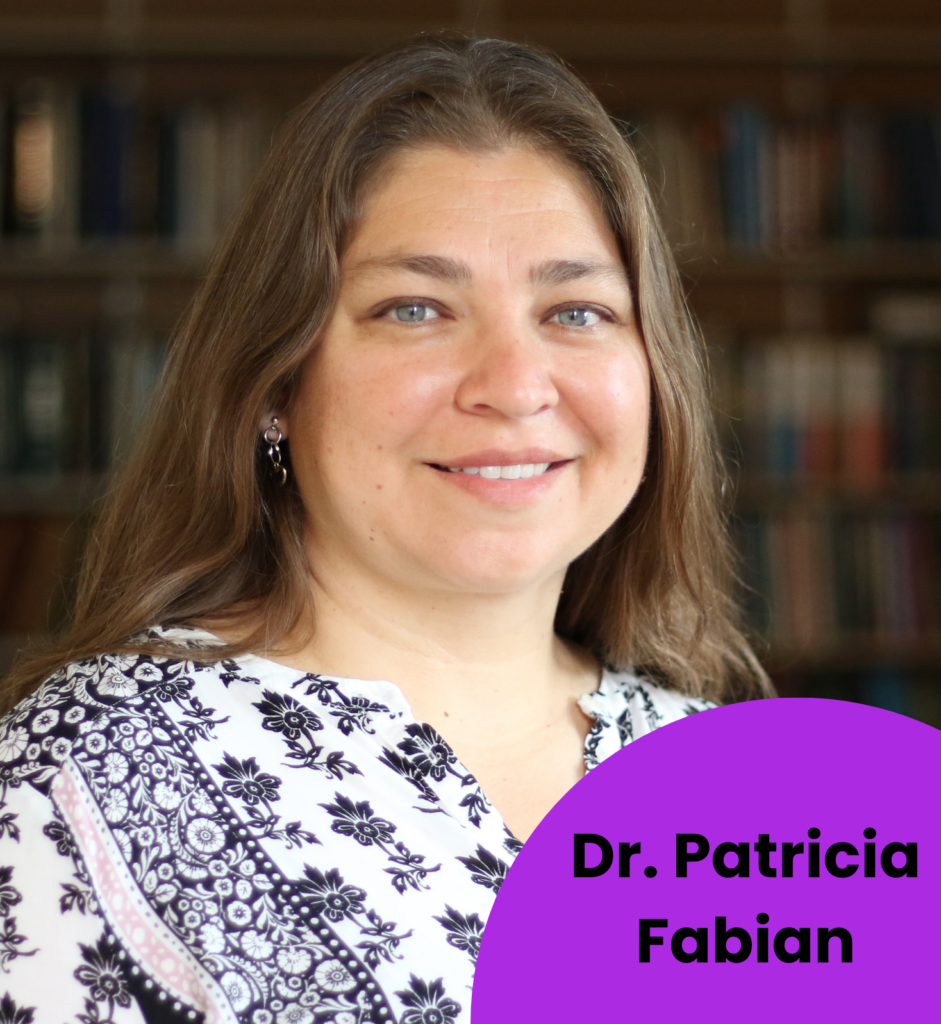
Moving Heat Disparities Indoors
Last year was the hottest on record on the planet, and with our changing climate, the public health threats of extreme heat continue to grow. Although cities across the world have invested in mitigating ambient heat disparities via urban cooling solutions, limited attention has been paid to indoor heat. In parallel, inequities in heat related morbidity and mortality are being driven by disparities in social, environmental, and building factors. In this talk Dr. Fabian will share lessons from a long-term project to build resilience to extreme heat in environmental justice neighborhoods. She will discuss how tools from the indoor air science community can be leveraged to inform city and community decisions, the value of transdisciplinary collaborations, and current opportunities to reduce indoor heat exposure disparities through climate adaptation and building decarbonization initiatives.
About Dr. Patricia Fabian
Dr. Fabian is an Associate Professor of Environmental Health and Associate Director at the Institute for Global Sustainability. She founded the Sustainable Built Environment Lab which researches environmental health disparities and interventions in the built environment, with a focus on actionable research. She is co-principal investigator in the Consortium for Climate Risk in the Urban Northeast (CCRUN), co-directs a community engaged research study to build resilience to extreme heat in environmental justice communities, and is principal investigator of several studies of indoor air quality, climate & sustainability in K-12 schools and low-income housing. A faculty affiliate of the Hariri Institute for Computing and Computational Science & Engineering, she leads highly interdisciplinary teams that leverage big data including electronic health records, remote sensing, and geospatial databases of social and environmental determinants of health. Dr. Fabian’s research group has published over 100 articles in the peer-reviewed literature, and she has been quoted in multiple media outlets. She was a Steering Committee member for the Massachusetts Executive Office of Energy and Environmental Affairs on the 80×50 Greenhouse Gas Reduction Study and currently serves on the Massachusetts Climate Science Advisory Panel.
Wednesday Plenaries – Indoor Environmental Quality Policy
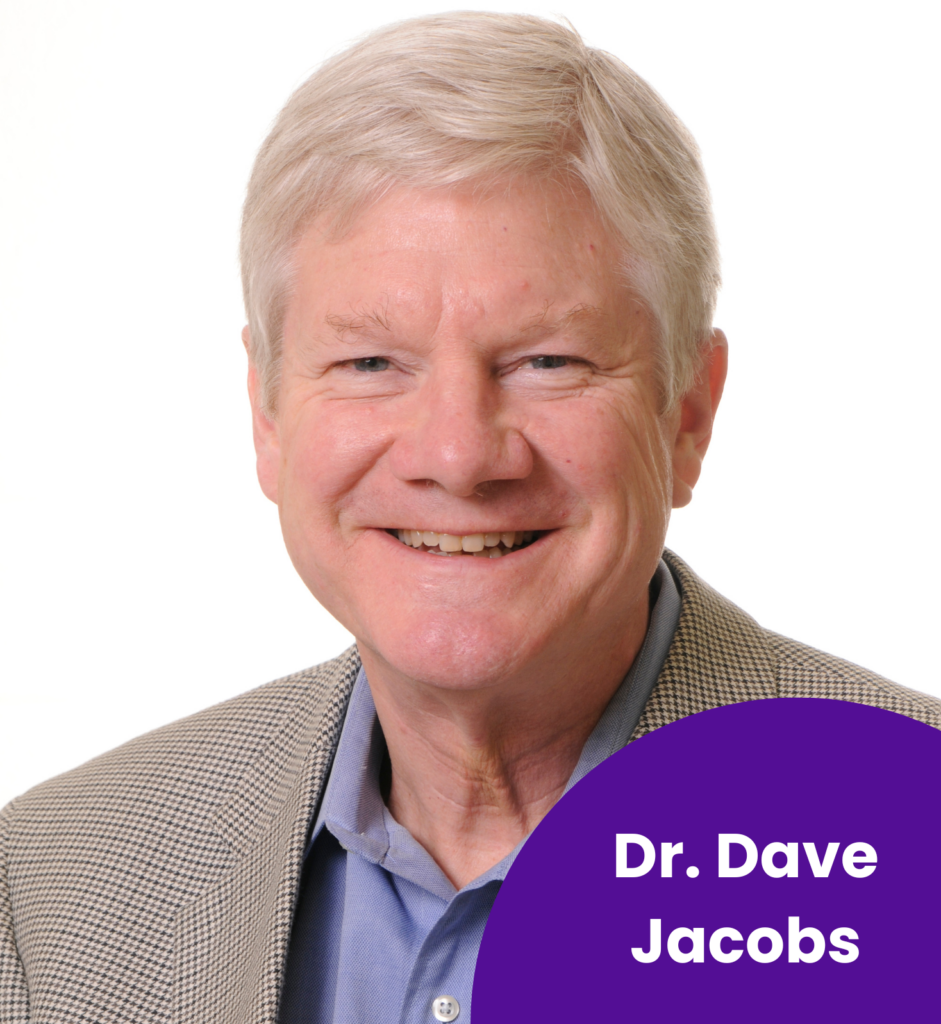
People, Science and Policy: Strategies from Lead Poisoning Prevention to Inform the Indoor Air Revolution
In the 1970s there were hundreds of US childhood lead fatalities from lead paint annually. A reactive medical approach emerged between 1970-1990 that treated children, but only after their blood lead levels had already risen and the damage was done. Science had largely failed to uncover exposure pathways and early remediation often did more harm than good. The housing and environmental professions were largely missing in action. But by 1992 a new enlightened law was passed due to better science, an engaged citizenry, and more involvement from building and environmental professionals. There were nine key factors: research on new measurement, risk assessment, inspection, and remediation protocols & exposure limits; turning research into practical and valid guidelines; legislation to give the guidelines the force of law; public education; strategic plans; market forces; subsidies and enforcement where the private market fails; on-going evaluation; and above all, preventing exposure instead of merely reacting. It took courageous sacrifices to make all that happen and overcome opposition. The result: blood lead levels improved by more than 93% and disparities narrowed. A global healthy housing movement emerged, with WHO releasing housing and health guidelines. This talk will outline how the lessons from lead paint can be applied to other indoor contaminants. The lead paint experience reflected an insidious policy paralysis paradox that stalks the efforts to improve indoor air quality. Some argued the problem was too big and expensive to solve, while others said it didn’t exist at all (like Covid-19, climate change and yes, other indoor air challenges). To succeed, the indoor air revolution must end this paralysis around the world. This talk discusses how that can and must happen.
About Dr. Dave Jacobs
David E. Jacobs, PhD, CIH is Chief Scientist at the National Center for Healthy Housing & Adjunct Associate Professor at the University of Illinois Chicago. With over 120 peer-reviewed papers and more than 20 book chapters, he has conducted studies on lead poisoning prevention, health and other effects of green healthy housing, ventilation, asthma, indoor environmental quality, and relationships between science and policy. He is former director of the US Collaborating Center on healthy housing for WHO. He previously was appointed Director of the Office of Lead Hazard Control and Healthy Housing at the US Department of Housing and Urban Development. For more than a decade, he has served as board president of Lincoln-Westmoreland Housing, a non-profit housing provider for more than a hundred low-income families in Washington DC. He is principal author of the US lead poisoning prevention strategic plan in 1999 and a Report to Congress that launched the nation’s Healthy Homes Initiative. Many of his publications are at: https://www.ncbi.nlm.nih.gov/myncbi/1JOvfKctLhqAv/bibliography/public/ His book, “Fifty Years of Peeling Away the Lead Paint Problem: Protecting Our Children’s Future with Healthy Housing,” was published in 2022. He holds degrees in Environmental Engineering, Technology and Science Policy, Environmental Health, and Political Science.
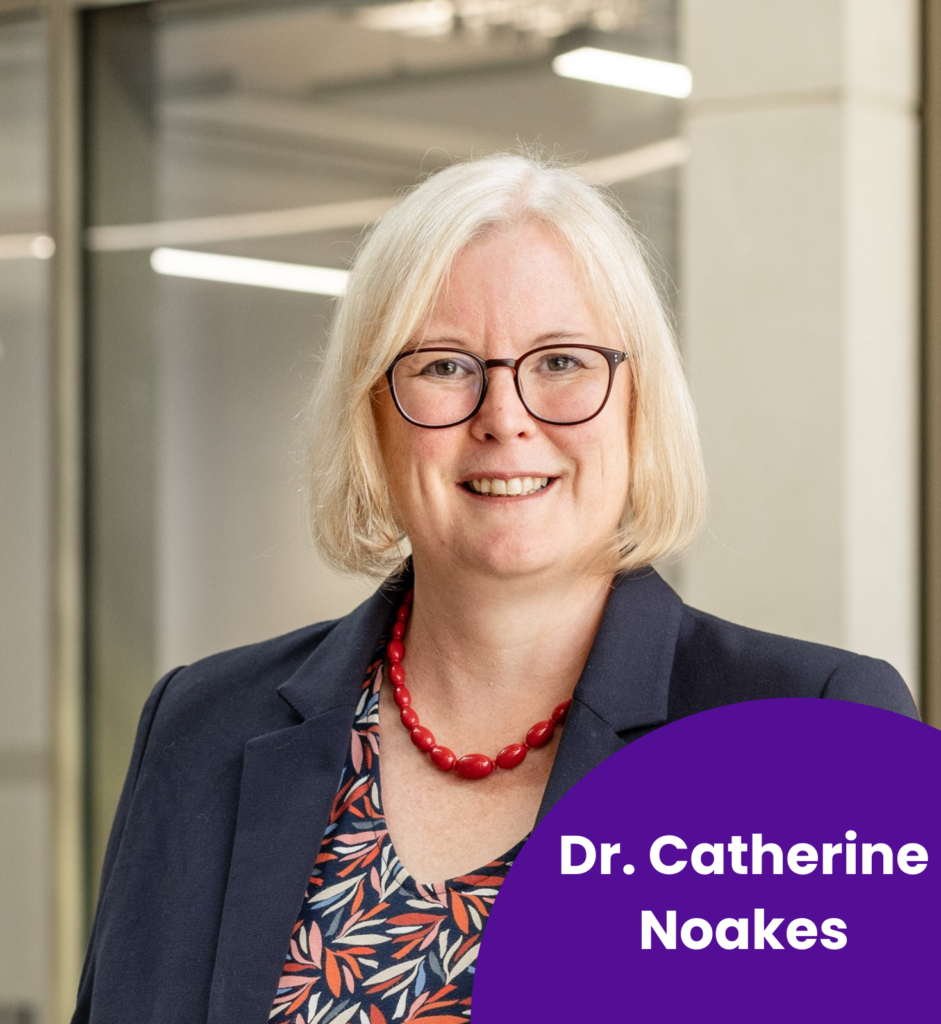
Enabling Infection Resilient Environments – From Science to Policy and Practice
Over the course of the pandemic we became acutely aware of the role that the environment plays in transmission of diseases, and how our interactions in indoor spaces determine the risk of infection. At the same time, the focus on mitigations such as ventilation significantly accelerated the wider understanding of indoor air quality and health worldwide. Understanding the routes of transmission is challenging, but fluid dynamics modelling, assessment of indoor airflows, and development of technology solutions can play an important role in identifying mechanisms and determining mitigations. However, this evidence is only one part of a complex picture, and successful strategies to mitigate transmission are significantly influenced by human behavior, organizational strategy and policy choices. They also have to be considered alongside other challenges including thermal comfort, energy, security and climate mitigation and adaption. Tackling the pandemic urgently needed evidence to support national and international decisions, and the response pulled scientists worldwide into rapid research as well as supporting communication of evidence. In this talk I will give an insight into our learning around the complexities and uncertainties of disease transmission in indoor environments and how these play into implementing practical mitigations such as ventilation controls and air cleaning technologies. I will reflect on the challenges in providing balanced evidence and realistic advice to policy, practice and public and how this influences the research we do going forward.
About Dr. Catherine Noakes
Cath is a chartered mechanical engineer, with a background in fluid dynamics. She leads research into ventilation, indoor air quality and infection control in the built environment using experimental and modelling-based studies. From April 2020-2022 she was a participant in the UK Scientific Advisory Group for Emergencies (SAGE) where she co-chaired the Environment and Modelling sub-focusing on the science underpinning environmental transmission of COVID-19. She has also contributed to numerous advisory and working groups including with WHO and as part of the working group for the Royal Academy of Engineering work on Infection Resilient Environments. In 2021 she was awarded an OBE for her contribution to the COVID-19 pandemic response and in 2023 she was awarded the Royal Society Gabor medal for her contribution to interdisciplinary science in understanding transmission of infection.
Thursday Plenaries – Sustaining the Indoor Air Revolution: Future Directions
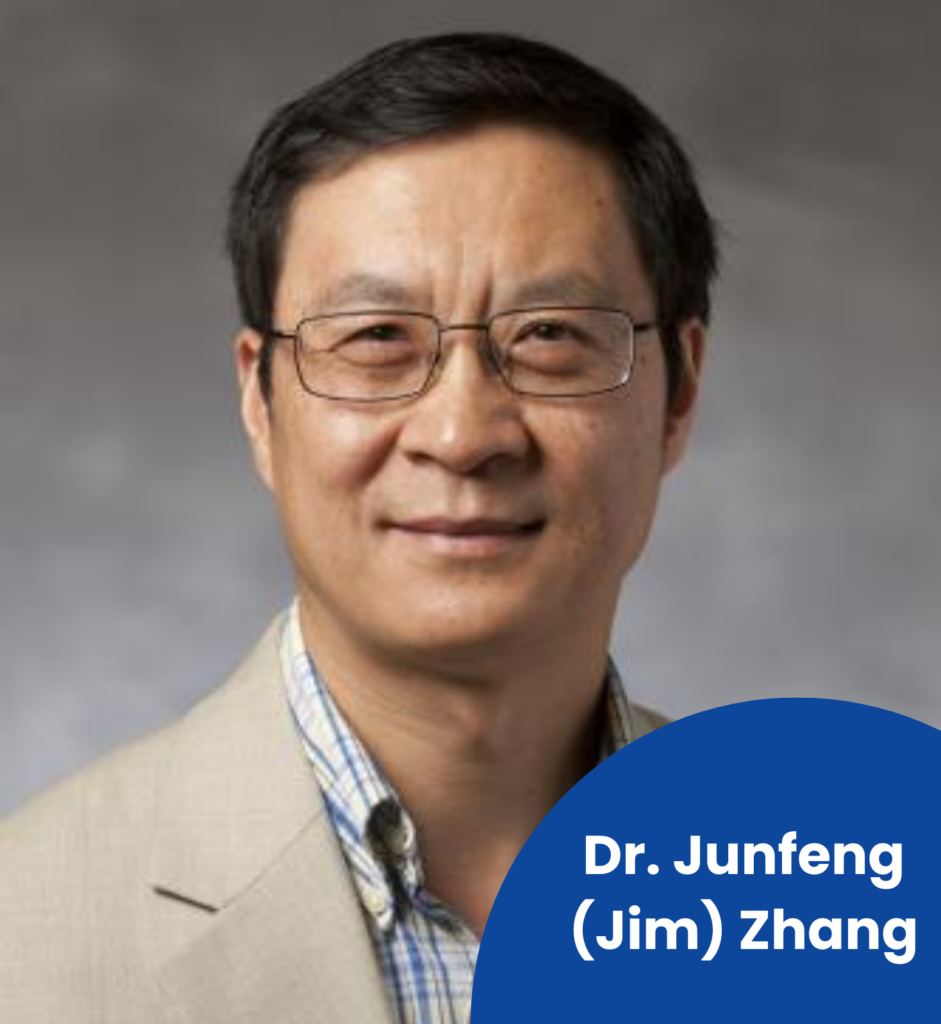
Too Many Indoor Pollutants to Measure: Finding Exposure Surrogates Pertinent to Health Effects
Indoor chemical species are too numerous to measure all. Outdoor pollutants can enter an indoor environment. Historical and contemporary building materials can release toxic pollutants, some of which (e.g., PFAS) can accumulate indoors. The indoor environment is increasing recognized as a dynamic “reactor” in which chemical species present in the air and on surfaces can be oxidized to form secondary organic aerosols, gaseous and semi-volatile species. Numerous studies have characterized various indoor chemical mixtures and contributed to the knowledge of human exposures occurring indoors. However, few studies have directly connected specific indoor chemical exposures to health outcomes, largely due to the challenge in accurately assessing toxic components of the mixture. More efforts should be made on finding exposure surrogates most pertinent to toxic effects. One approach is to measure chemical-specific or mixture-specific exposure biomarkers with a known pathophysiologic consequence (e.g., metabolites, hemoglobin adducts, oxidation products of essential biomolecules DNA or lipids). Another approach is to use a simple proxy to capture a mixture including short-lived reaction intermediates that are hard to measure. For example, recent studies showed that indoor O3 loss (defined as outdoor ozone concentration minus indoor ozone concentration), as a surrogate of ozone reaction products, was associated with more indicators of cardiorespiratory pathophysiology than ozone exposure.
About Dr. Junfeng (Jim) Zhang
Jim Zhang is Professor of Global and Environmental Health at Duke University’s Nicholas School of the Environment and Duke Global Health Institute. Prof. Zhang integrates clinical research, exposure science, toxicology, and epidemiology to examine health effects and underlying biological mechanisms of air pollution exposure (and other environmental contaminants and stressors). He has been conducting research on indoor air chemistry, exposure, and health effects since his PhD time. His first ever scientific conference was Indoor Air 1993. His recent work includes intervention trials to evaluate the effectiveness of using indoor air cleaning devices in improving cardiorespiratory and cardiometabolic outcomes in adults and asthma outcomes in children. He directs the Exposure Biology and Chemistry Laboratory where his team develops novel biomarkers of pollutant exposure and biomarkers indicative of toxicity and pathophysiology. Among 320 peer reviewed publications, many are pertinent to indoor or personal exposures. In 2012, Dr. Zhang received the Jerome Wesolowski Award, the highest honor of the International Society of Exposure Science. In 2013, Dr. Zhang was named an AAAS Fellow.
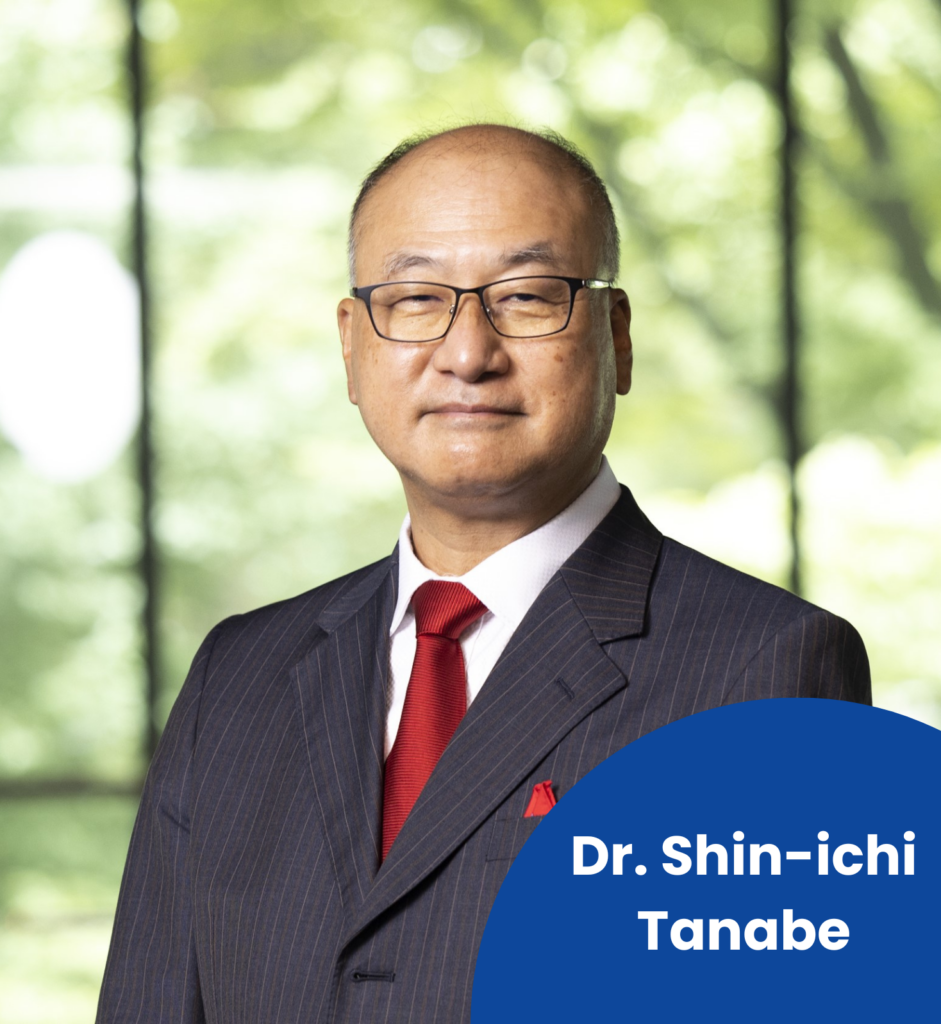
Thermal Comfort for the Next Generation
In 2013, we published a review paper titled “Progress in thermal comfort research over the last twenty years” in Indoor Air Journal. In that paper, we covered various topics such as adaptive thermal comfort, thermal comfort and air movement inside buildings, thermal acceptability under personal comfort systems, thermal comfort in non-uniform and non-steady-state environments, multi-node models of human thermal physiology and comfort, thermal comfort in alternative HVAC designs, thermal comfort in mixed-mode buildings, thermal comfort and productivity, and so on and proposed a new framework for thermal comfort research. Since then, another ten years have passed, and the broader context of climate change and resilience in the post-COVID world has become more relevant. My talk will focus especially on Personal Comfort Systems (PCS), which are related to diversity in occupants, alliesthesia, sleeping environments and digital technology.
About Dr. Shin-ichi Tanabe
He is a professor at the Department of Architecture, Waseda University, Japan. Immediate past president of Architectural Institute of Japan (AIJ). Fellow member of American Society of Heating, Refrigerating and Air-Conditioning Engineers (ASHRAE). He is a former president of the Society of Heating and Air-Conditioning and sanitary engineers, Japan. He contributed to the theory of thermal comfort and indoor air quality towards to the net Zero buildings. His research group has conducted numerous studies on ZEB and well-being for housing and buildings. He graduated from the Department of Architecture, Waseda University in 1982. He worked as guest student at Technical University of Denmark during 1984-1986; as a visiting scholar at University of California, Berkeley during 1992-1993 and at Lawrence National Laboratory (LBNL) in 1996. He was a guest Professor at the Technical University of Denmark during 2002-2003. He is serving for government committees of energy policy, energy efficiency, and ZEB.
Thursday Closing Remarks
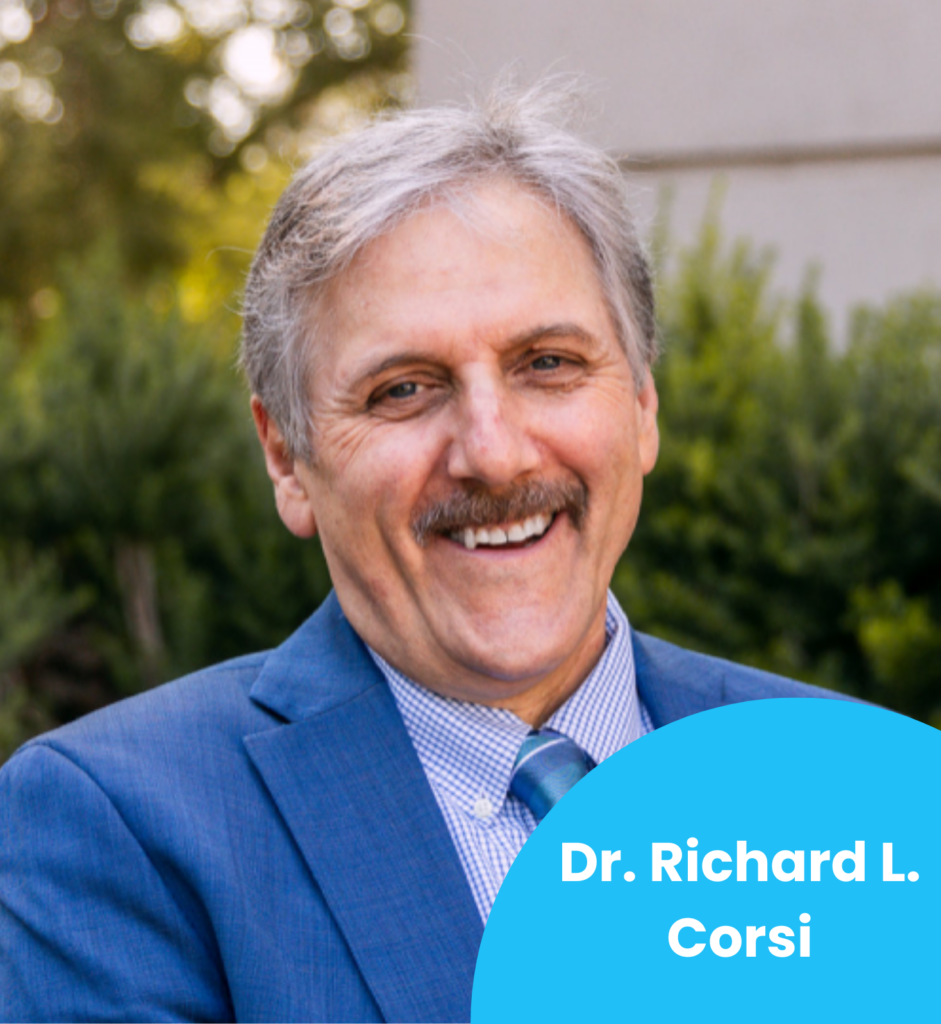
Lessons Learned and the Future of Indoor Air Science
The COVID-19 pandemic has challenged a relatively unprepared humankind, caused immense morbidity and mortality, psychological impairments, damage to economies, deep political strains, public confusion and conflicts, scientific misinformation, politicalization of previously trusted authorities, and even tensions between scientific disciplines. It has also led to greater public awareness of the importance of indoor air quality, etched basic concepts of building and aerosol science into the public lexicon, and led to new standards and innovations. As a community of indoor air scientists, it is critical to reflect on what we have learned over the past four years, to celebrate our successes, and acknowledge where we could have done better and what we need to be able to do better in the future. This closing plenary presentation will focus on lessons learned over the past four years with a look toward leveraging these lessons to shape the future of indoor air science. Specific examples of major successes and lessons learned will be provided, along with recommendations for how these can positively shape our field over the next decade.
About Dr. Richard L. Corsi
Dr. Richard Corsi is Dean of the College of Engineering at the University of California, Davis. Dr. Corsi’s team has researched indoor source dynamics, indoor homogeneous and heterogeneous chemistry, and innovative and accessible control technologies for reducing exposure to indoor air pollutants. At the University of Texas at Austin he was an endowed research chair and member of the Academy of Distinguished Teachers, and served as Director of an NSF IGERT program on Indoor Environmental Science and Engineering that spawned many successful scholars of indoor air science. In response to COVID-19 Dr. Corsi developed a predictive tool for assessing practical interventions for lowering inhalation dose of respiratory aerosols, later developed the concept of an open-source and effective DIY air cleaner used worldwide, and founded a non-profit foundation to help the underserved achieve cleaner indoor air. He recently chaired a National Academies committee report on Health Risks of Indoor Exposure to Fine Particulate Matter and Practical Mitigation Solutions. He is a past President of the ISIAQ Academy of Fellows and Indoor Air 2011 in Austin. Dr. Corsi was named a Distinguished Alumnus by Cal Poly Humboldt (2006) and Distinguished Engineering Alumnus by the College of Engineering at UC Davis (2016).
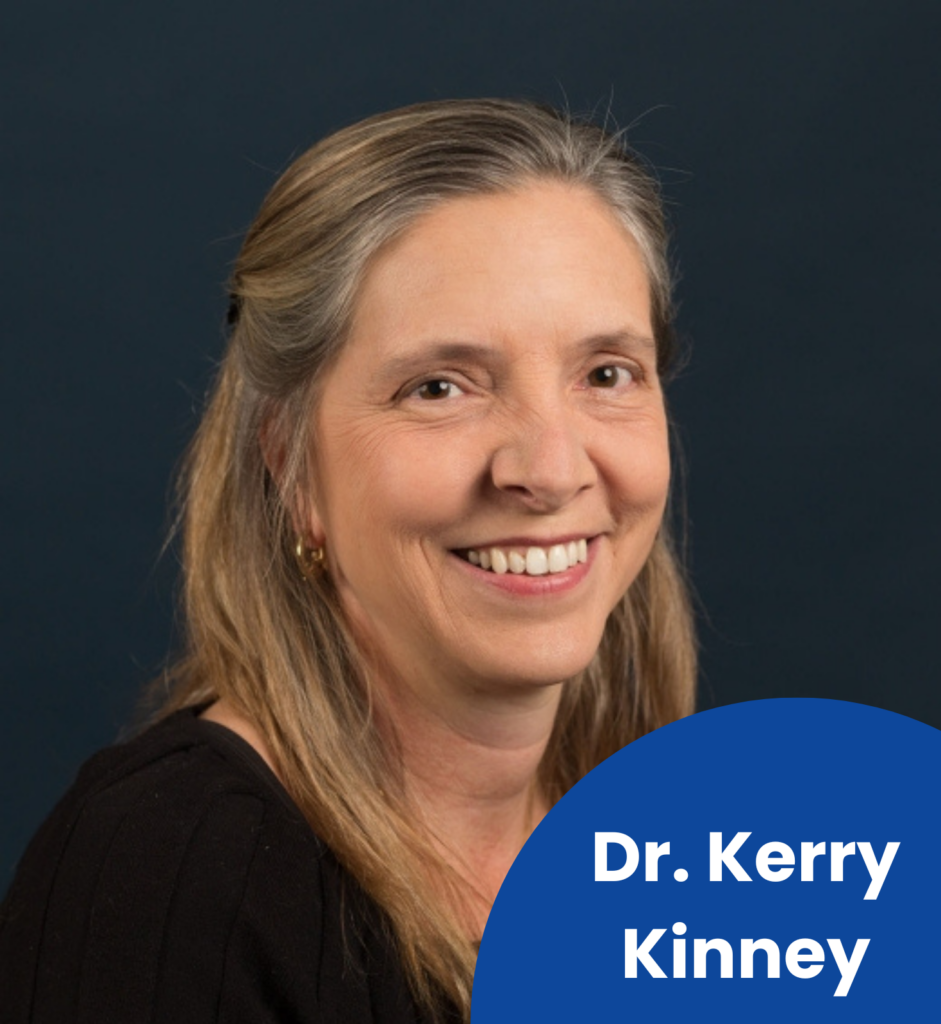
Incoming President Remarks
The incoming ISIAQ president, Dr. Kerry Kinney, will address attendees.
About Dr. Kerry Kinney
Dr. Kerry Kinney is the Gilven Centennial Professor in the Department of Civil, Architectural and Environmental Engineering at the University of Texas at Austin as well as a Professor in the Department of Population Health at the Dell Medical School. Her cross-disciplinary research in environmental engineering centers on the investigation of human exposure to contaminants in the built environment. Her research team investigates microbial communities, pathogens, allergens and pollutants present in a range of settings including homes, schools, and commercial buildings. Her current research focuses on microbiome and pathogen studies, bioaerosols, contaminant exposure pathways as well identifying the relationships between indoor exposures and the physical and mental health of building occupants.
